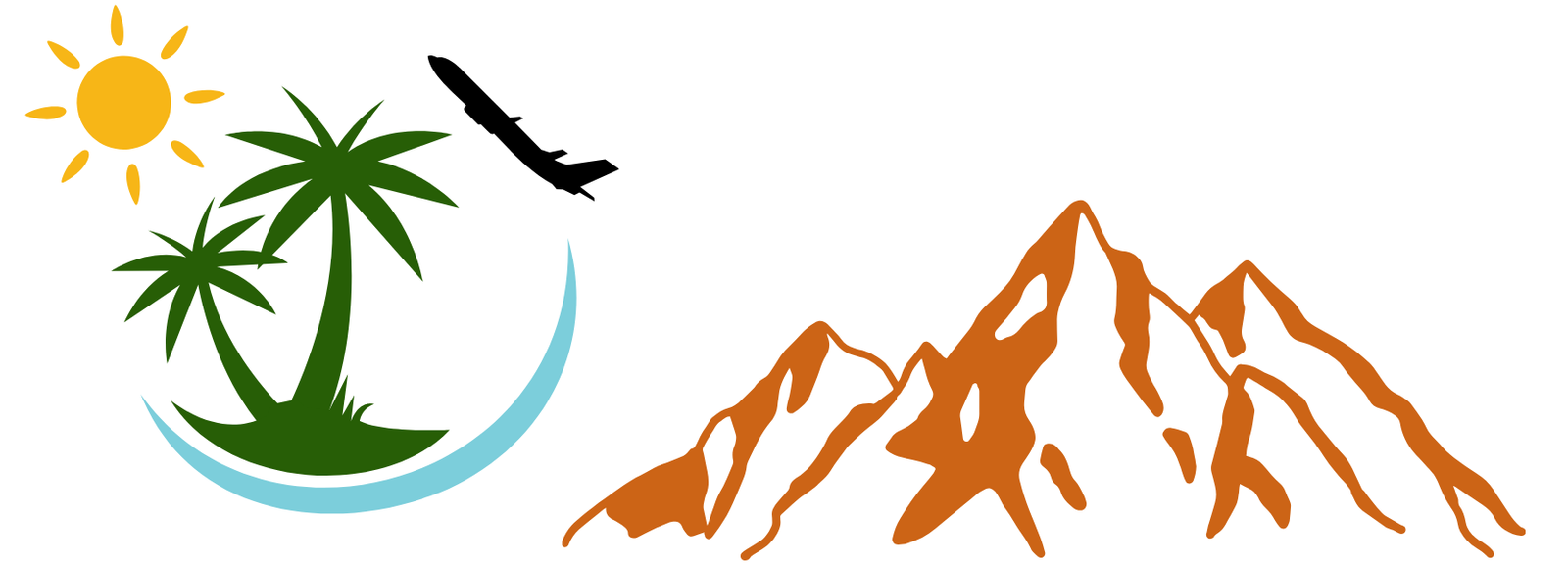Welcome to the vibrant and diverse island of Curaçao, where turquoise waters, colorful architecture, and a rich cultural heritage await you. Planning a trip to this Caribbean gem may seem overwhelming, but fear not, this travel guide will help you make the most of your visit. Get ready for an unforgettable adventure filled with sun, sea, and endless possibilities.
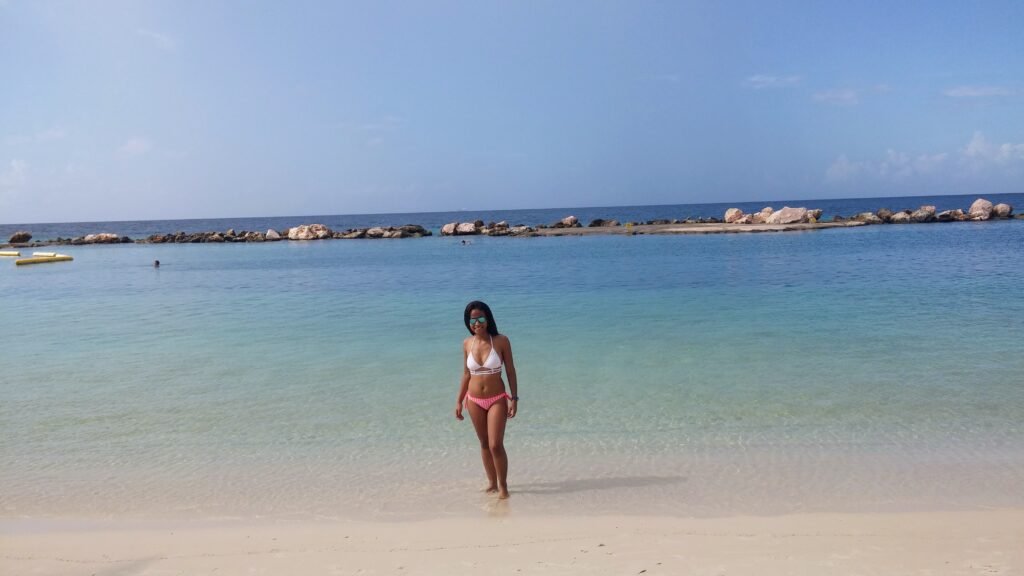
Geography and Climate of Curaçao
Curaçao, an island in the Dutch Caribbean, boasts a diverse geography and climate. The island showcases stunning coral reefs, cactus-studded landscapes, and a warm, sunny climate. Located outside the hurricane belt, Curaçao experiences consistently pleasant weather, making it a perfect year-round destination for beach enthusiasts and nature lovers.
What is the Size of Curaçao?
Curaçao, the largest island in the Dutch Caribbean, covers an area of 171 square miles. This compact size makes it convenient for travelers to explore the diverse attractions of the island, from the historic capital of Willemstad to the beautiful beaches and national parks.
When visiting Curaçao, navigating and experiencing all the island has to offer is easily manageable due to its manageable geographic expanse.
What is the Weather Like in Curaçao?
Curaçao’s climate is known for its warm and sunny weather all year round, with average temperatures ranging from 75°F to 88°F. The island is consistently influenced by an easterly trade wind, which creates a comfortable and enjoyable atmosphere. This makes Curaçao a perfect destination for outdoor activities and beach vacations.
The island receives minimal rainfall, with a dry season from January to September providing ideal conditions for travelers and outdoor enthusiasts.
History and Culture of Curaçao
The history and culture of Curaçao are a tapestry of indigenous influences, colonial heritage, and the resilience of its people. Curaçao’s past is defined by Spanish and Dutch colonization, African enslavement, and the coexistence of various ethnic groups. The vibrant culture of Curaçao is evident in its music, dance, art, and colorful architecture, which blend European, African, and Caribbean traditions.
Fun fact: Curaçao’s historic city center, Willemstad, has been recognized as a UNESCO World Heritage site due to its well-preserved colonial architecture.
What is the History of Curaçao?
Curaçao’s history dates back to its discovery by the Spanish in 1499. It has been colonized by the Dutch, resulting in a unique and diverse cultural blend. The island has experienced significant events such as the African slave trade, refinery boom, and political autonomy. These historical influences are visible in the architecture, language, and traditions of the local population.
Curaçao’s history is a tapestry of resilience, diversity, and the pursuit of independence, making it a fascinating destination for visitors.
What is the Culture of Curaçao like?
The culture of Curaçao is a vibrant tapestry woven from a diverse mix of influences, including African, Dutch, and Latin American. This fusion can be seen in the island’s music, dance, and cuisine, creating a lively and colorful atmosphere. The locals’ warm hospitality and welcoming nature are reflected in their festive traditions and community-oriented lifestyle. During my visit to Curaçao, I was warmly embraced by the locals, who eagerly shared their cultural customs and stories, leaving me with unforgettable memories of their vibrant and inclusive way of life.
Top Places to Visit in Curaçao
Curaçao is a Caribbean island that boasts stunning landscapes, rich culture, and plenty of activities for travelers to enjoy. In this section, we will highlight the top places to visit in Curaçao, each offering a unique experience. From the colorful capital city of Willemstad to the rugged beauty of Christoffel National Park, there is something for everyone on this beautiful island. So, let’s dive into the top five must-visit destinations in Curaçao: Willemstad, Christoffel National Park, Klein Curaçao, Shete Boka National Park, and Hato Caves.

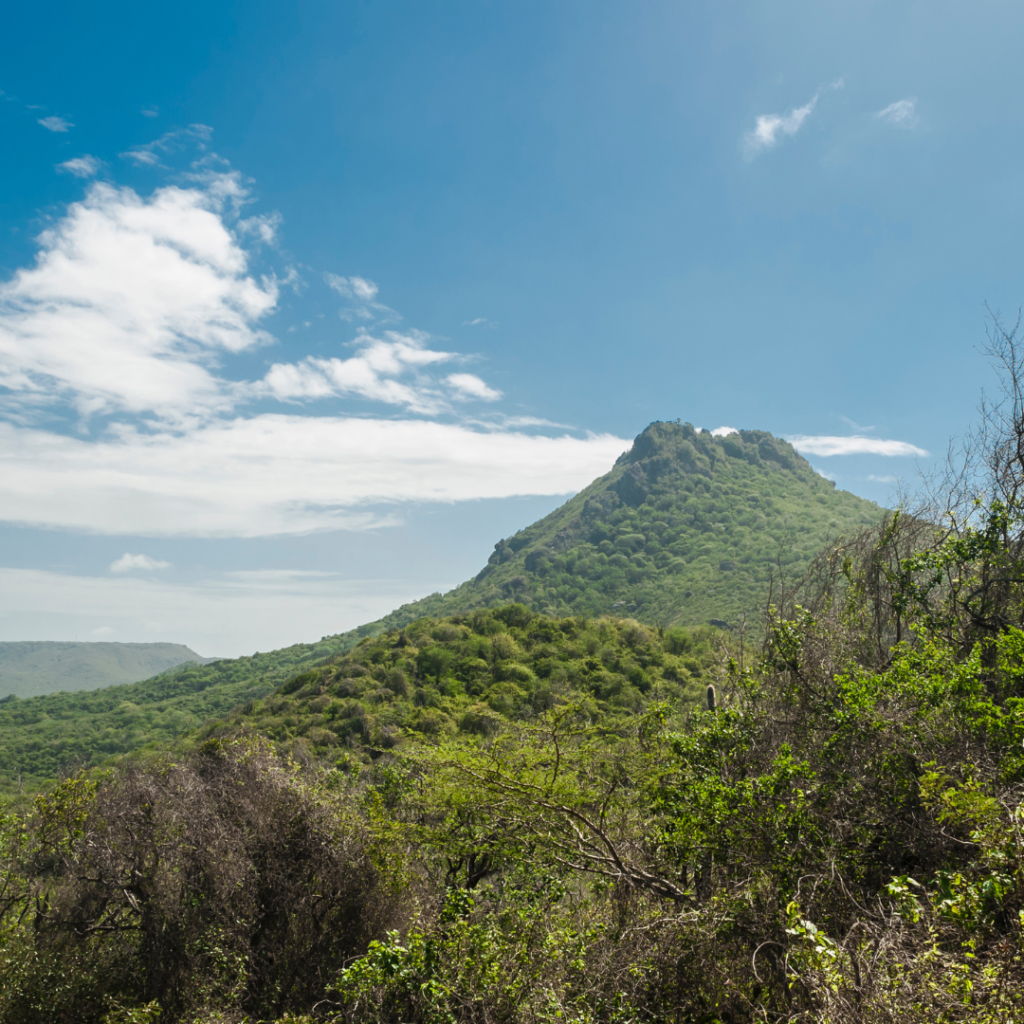
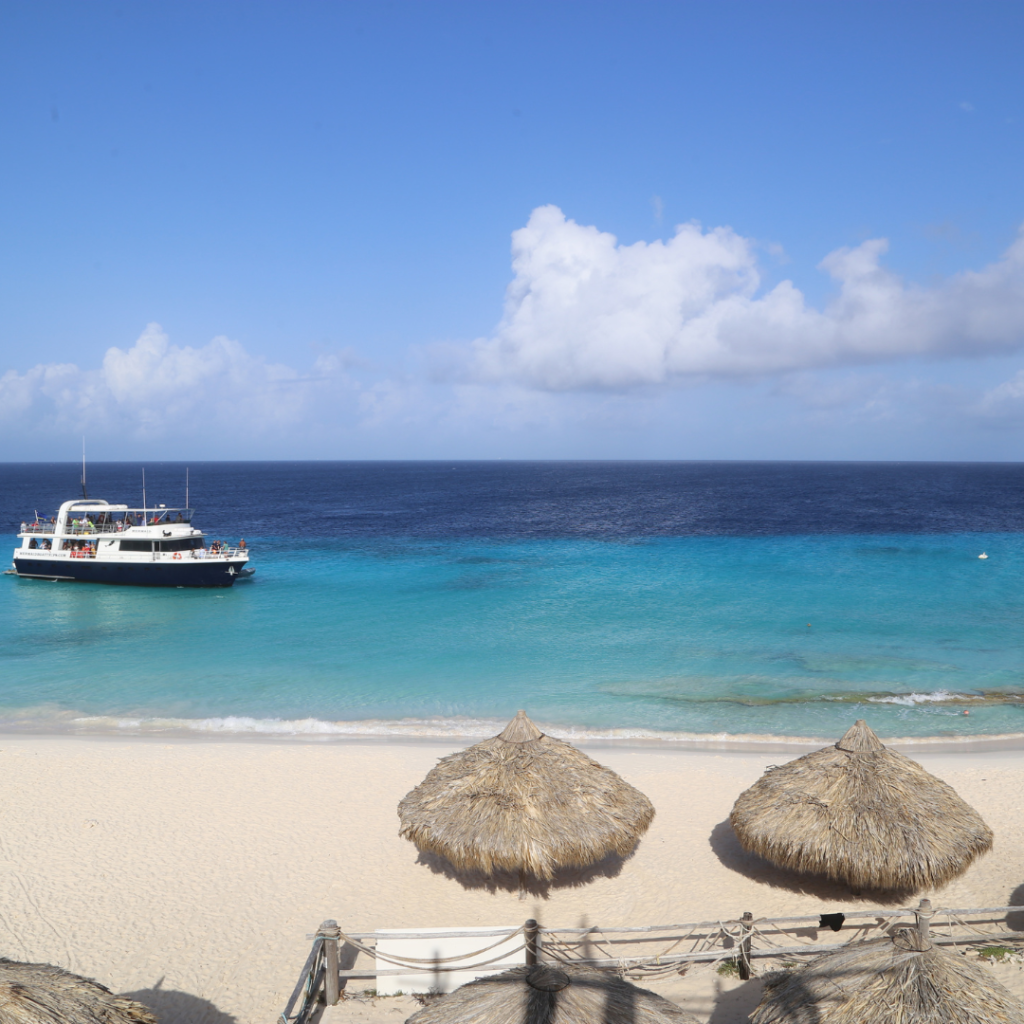
1. Willemstad
- Explore the colorful and historic architecture of Willemstad, a UNESCO World Heritage site.
- Visit the Queen Emma Bridge, a floating pedestrian bridge, to cross the St. Anna Bay.
- Discover the vibrant street art and picturesque waterfront along the Handelskade.
- Indulge in local cuisine and shop for souvenirs at the floating market.
- Experience the rich history at the Kura Hulanda Museum and the Mikvé Israel-Emanuel Synagogue.
Tours you should consider taking: Off road buggy tour in curacao, From Willemstad: Full-Day Boat Tour to Klein Curaçao, and Turtle Watching Excursion and Snorkeling Safari.
2. Christoffel National Park
Christoffel National Park, situated at the north-western end of the island of Curaçao, boasts a variety of hiking trails that showcase the island’s diverse flora and fauna. The park is also home to the highest peak on the island, Christoffelberg, which offers stunning panoramic views.
For those interested in learning about the island’s history and its plantations, the Savonet Museum is a must-visit. Furthermore, the park offers excellent opportunities for birdwatching, wildlife photography, and immersing oneself in the natural beauty of Curaçao.
3. Klein Curaçao
- Plan a boat trip to Klein Curaçao for a secluded and serene experience.
- Explore the pristine beaches and the striking lighthouse on the island.
- Engage in snorkeling to witness the diverse marine life and possibly swim with sea turtles.
- Enjoy a relaxing day amidst the tranquil surroundings, away from the hustle and bustle of the main island.
4. Shete Boka National Park
Shete Boka National Park, located in Curaçao, is renowned for its rugged terrain and dramatic waves. The park consists of ten inlets, or ‘bokas,’ each with its unique features. One of the main highlights is the Boka Tabla cave, where the sea crashes against the underground caverns. Witness the power of nature as waves collide with the rocky coastline, making this a must-visit for those seeking raw, natural beauty.
For an unforgettable experience at Shete Boka National Park, plan your visit during the calmer summer months when the seas are more tranquil and the caves can be explored safely.
5. Hato Caves
- Explore the unique limestone formations and ancient Amerindian petroglyphs.
- Guided tours provide insights into the cave’s geological history and the cultural significance of its drawings.
- Witness awe-inspiring stalactites, stalagmites, and an underground lake during the tour.
- Visitors can also enjoy the open-air café, gift shop, and stunning gardens surrounding the caves.
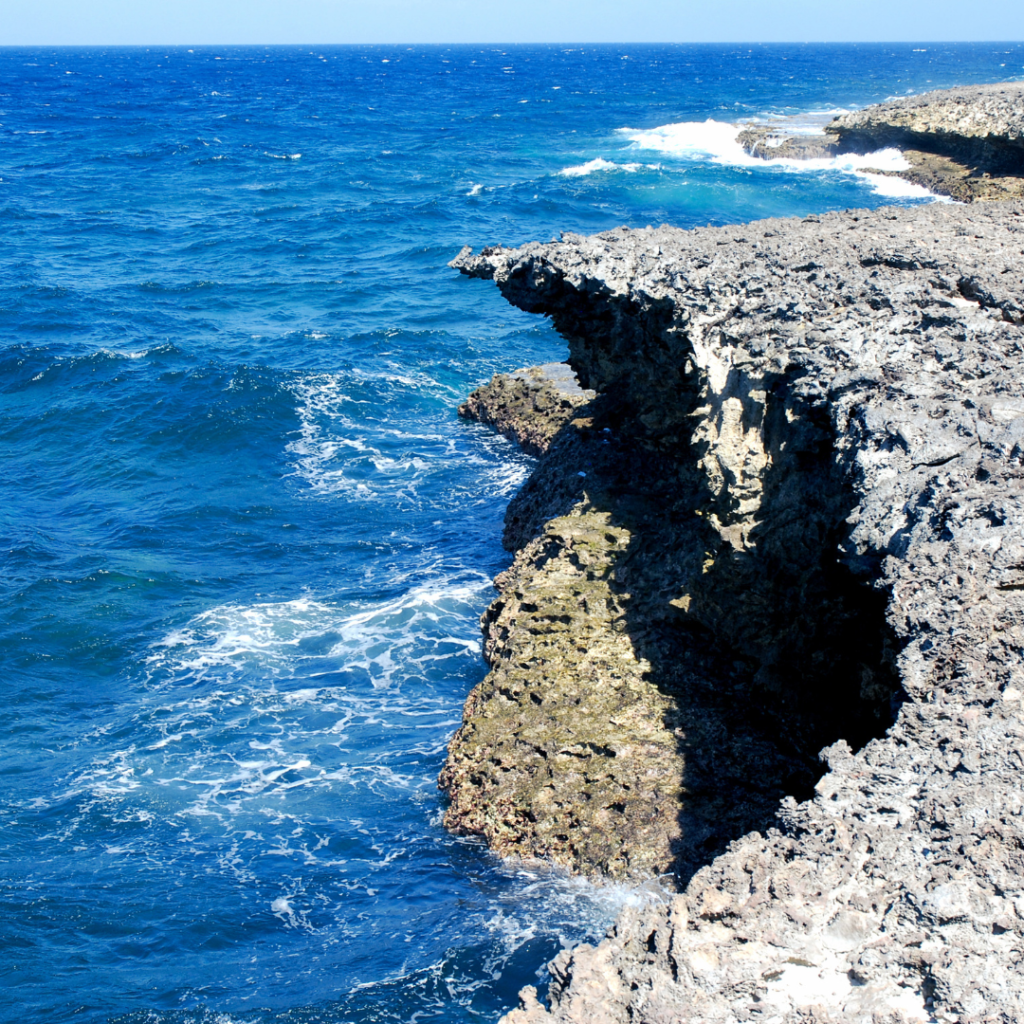

Things to Do in Curaçao
While Curaçao may be known for its vibrant culture and colorful architecture, there is also a plethora of activities to enjoy on this Caribbean island. From underwater adventures to indulging in local delicacies, there is something for everyone in Curaçao. In this section, we will delve into the top things to do on the island, including snorkeling and diving in crystal-clear waters, savoring the unique flavors of the local cuisine, relaxing on pristine beaches, and shopping for souvenirs in the charming capital of Willemstad. So let’s dive in and discover all that Curaçao has to offer.
1. Snorkeling and Diving
- Choose a reputable diving or snorkeling tour operator with certified instructors.
- Ensure your equipment is in good condition, especially your mask, snorkel, and fins.
- Follow safety guidelines and instructions for a safe and enjoyable snorkeling or diving experience.
- Show respect for the marine environment and wildlife by refraining from touching or damaging coral reefs.
- Remember to pack waterproof sunscreen and stay hydrated for a comfortable and protected experience.
2. Explore the Local Cuisine
- Try the local fish dishes, such as Keshi Yena, a flavorful baked cheese and chicken dish.
- Indulge in Stoba, a hearty stew featuring goat or beef, simmered with tomatoes, peppers, and herbs.
- Savor the island’s sweet treats like Bolo Pretu, a rich fruit cake, and Ayaka, a tasty tamale.
- Sample the refreshing drinks, including the locally brewed beer and the tropical fruit-based cocktails.
Pro-tip: Engage with the locals to discover hidden culinary gems and enjoy an authentic dining experience.
3. Visit the Beaches
- Start by researching the top beaches on the island, such as Cas Abao Beach, Grote Knip, Mambo Beach, and Playa Kenepa Grandi.
- Check the weather and tide conditions to plan the best time to visit, ensuring optimal beach experiences.
- Prepare beach essentials like sunscreen, towels, and snorkeling gear for a day of seaside relaxation and fun.
- Engage in water activities like swimming, snorkeling, or simply sunbathing to make the most of your beach visit.
While exploring the beaches, don’t forget to capture breathtaking moments and embrace the local beach culture. Remember to respect the environment and leave only footprints behind.
4. Go Shopping in Willemstad
- Start your shopping excursion in Willemstad by exploring the famous floating market offering fresh produce, handicrafts, and souvenirs.
- Visit the colorful Handelskade street for local art galleries, quaint boutiques, and Dutch colonial architecture.
- Head to the Old Market (Plasa Bieu) to savor traditional Caribbean dishes and immerse in the vibrant local culture.
- Discover unique finds and duty-free shopping at the Rif Fort, a historic shopping and entertainment center.
Tips for Traveling to Curaçao
Are you planning a trip to the beautiful Caribbean island of Curaçao? Before you pack your bags, there are a few important things to know. In this section, we’ll cover some essential tips for traveling to Curaçao, including the best time to visit, the local language and currency, safety precautions, and transportation options. By the end, you’ll be well-informed and ready to make the most of your trip to this tropical paradise.
1. Best Time to Visit
- The ideal time to visit Curaçao is during the dry season from April to October.
- If you want to avoid large crowds and save money, consider visiting during the shoulder season in April, May, or November.
- For a vibrant cultural experience, plan your trip around the Curaçao Carnival in February.
The best time to visit Curaçao is during the dry season from April to October, offering delightful weather and fewer crowds.
2. Language and Currency
- Language: The primary language spoken in Curaçao is Papiamentu, a creole language. English and Dutch are also widely spoken.
- Currency: The official currency of Curaçao is the Netherlands Antillean guilder (ANG). US dollars are widely accepted, but it’s recommended to exchange some currency for small purchases.
When visiting Curaçao, it’s helpful to learn a few basic phrases in Papiamentu to interact with locals. It is also convenient to carry both local currency and US dollars while exploring the island.
3. Safety Tips
- Research: Familiarize yourself with the local laws and customs for a safe trip.
- Documentation: Make sure to carry all necessary identification and travel documents with you.
- Healthcare: Protect yourself by obtaining travel insurance and knowing the locations of medical facilities.
Ensure a worry-free trip to Curaçao by staying informed and prepared with these important safety tips.
4. Transportation Options
- Rent a car: Explore the island at your own pace and reach off-the-beaten-path locations.
- Utilize the reliable and affordable bus system to travel around the island with public transport.
- Hail a taxi or use the local dispatch service for convenient transportation with taxi services.
- Discover the island’s beauty on two wheels with various rental options available for bicycle rentals.
5. Further Considerations
- Curaçao is a budget-friendly destination offering breathtaking views. To make your stay even more economical, consider staying in hostels, which can be conveniently booked through platforms like Hostelworld. This not only saves money but also provides opportunities to meet people from around the world. Additionally, exploring the island via local minivans is a cost-effective and immersive way to travel. Curaçao is known for its safety and the friendliness of its locals, who are often willing to help with any needs you may have. Utilizing public transportation is a practical and efficient way to navigate the island, as I personally found it easy to reach various destinations using this mode of travel.
- Maximize your trip efficiency with a mobile travel itinerary template. Streamline your planning, track expenses, and organize your journey with ease. Proven to enhance travel experiences, these templates are essential for a smooth, budget-friendly adventure. Access them here for a seamless travel experience.
- If you need help with packing and wish to avoid unnecessary purchases, explore my Amazon Lists for inspiration (commissions earned). You’re not obligated to buy, but you may find some helpful ideas: Travel Essentials, and What You Often Forget to Pack but Always Need
Frequently Asked Questions
Is Curaçao safe for travelers?
Yes, Curaçao is generally considered a safe destination for travelers. However, it is always important to exercise caution and be aware of your surroundings, especially in crowded areas or at night.
What are some must-see attractions in Curaçao?
Some must-see attractions in Curaçao include the picturesque Willemstad, the colorful Handelskade, the historic Fort Amsterdam, the floating market, and the stunning beaches such as Playa Kenepa and Playa Lagun.
Are there any cultural customs or etiquette I should be aware of in Curaçao?
Yes, it is important to be respectful of the local culture and customs in Curaçao. For example, it is customary to greet people with a friendly “bon dia” (good morning), “bon tardi” (good afternoon), or “bon nochi” (good evening). It is also polite to ask for permission before taking photos of people or their property.
How to Get to Curaçao?
To get to Curaçao, you have several options, primarily by air. Major airlines like American Airlines, JetBlue, United Airlines, and others offer flights to Curaçao from various cities across the United States. American Airlines, for example, provides flights from cities like Miami, Charlotte, Philadelphia, Dallas, Boston, Phoenix, Orlando, Baltimore, Chicago, New York, Los Angeles, and more. JetBlue also serves Curaçao from cities including New York, Miami, Chicago, Orlando, Fort Lauderdale, Atlanta, and Los Angeles.
In addition to flying, another popular way to visit Curaçao is by cruise. Cruises offer an affordable, all-inclusive experience, covering accommodation, meals, and entertainment on board. While a cruise stop in Curaçao might be shorter and not allow you to explore everything the island has to offer, it can provide a glimpse of the island’s highlights and could inspire you to plan a more extensive trip in the future.
Once you arrive in Curaçao, there are various transportation options on the island, including taxis and local mini-buses. Curaçao is a relatively small island, only 40 miles long and 10 miles wide, making it easy to explore.
Don’t forget to check my other travel tips here or travel guides. Happy journeys!
